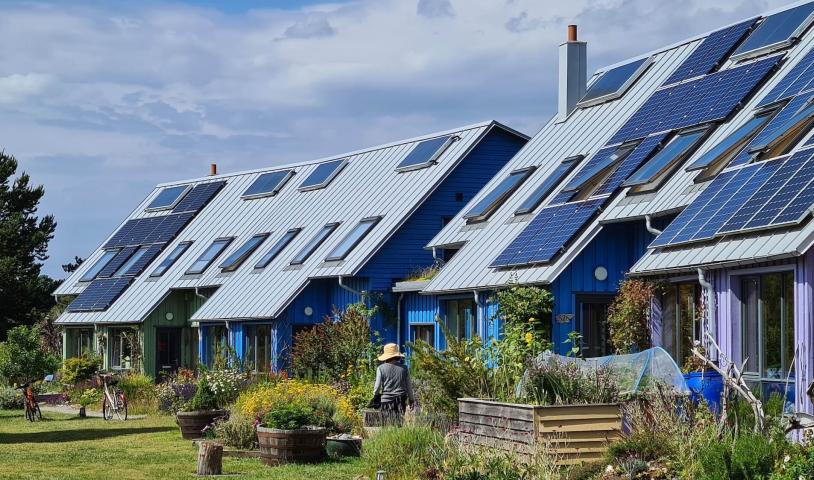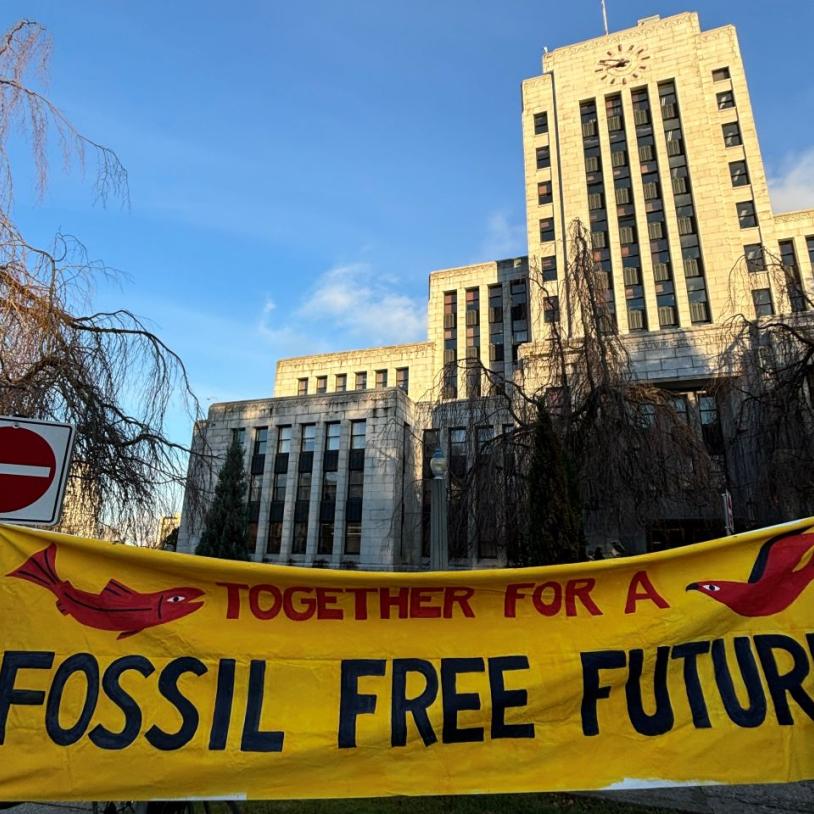Humanity has 2.5 years to bend the carbon curve
Monday, April 4, 2022
In the latest global climate report, scientists tell us to get our act together — now.
That’s more or less the key message from the nearly 3,000 page document titled Climate Change 2022: Mitigation of Climate Change. We know what the problem is. We know how to solve it. We know how much better off we’ll be if we do. Yet we’re still not doing enough to slow and halt global warming.
UN Secretary General Antonio Guterres, the closest thing we have to a planetary leader, had a message for all the Canadian politicians who want to continue to grow oil and gas production. That list includes BC Premier John Horgan as much as Alberta Premier Jason Kenney.
"Climate activists are sometimes depicted as dangerous radicals, but the truly dangerous radicals are the countries that are increasing the production of fossil fuels," Guterres said. "Investing in new fossil fuels infrastructure is moral and economic madness."
We have until 2025
One of the most glaring points in the report: the world has until 2025 to stop adding more carbon pollution to the atmosphere year after year. That’s if we want to avert the worst impacts of climate change.
That will require a societal realignment on an unprecedented scale. However, there are at least 18 countries where emissions have fallen over the last decade so it can be done. Wealthy nations and people need to step up, though, with the richest tenth of households currently responsible for 36 to 45 per cent of global carbon pollution.
Follow the money
Much of the report focused on financial flows. Both continued fossil fuel funding and insufficient money for climate solutions are holding the world back. Countries and international development banks are still investing in new coal power plants, oil pipelines and liquefied natural gas terminals. Ending fossil fuel subsidies would cut global emissions 10 per cent by 2030.
What can cities do?
Immediate action to reduce carbon pollution is necessary in cities, which contribute 62 to 72 per cent of total emissions. Compact land use and relying less on vehicles could eliminate a quarter of transportation fuel use. Cities can also prioritize electrification and spark demand for renewable energy.
Nature is key
Nature also features prominently in the report, highlighting the need to protect and restore forests and wetlands with the guidance and consent of Indigenous Peoples and local communities. Together with better agricultural practices, changes in land use can contribute 20 to 30 per cent of needed emissions reductions before 2030.
We can do this
What people need to take away from today’s report, in my opinion, is that we can do this. It is absolutely possible and necessary to avert climate catastrophe. While we already face destructive, deadly climate disasters, if all nations make decisive, immediate efforts to slash carbon pollution, we can still limit global warming to “safe” levels.
We’ve got everything we need to meet this challenge. It’s simply a matter of making the choice to give it all we’ve got





